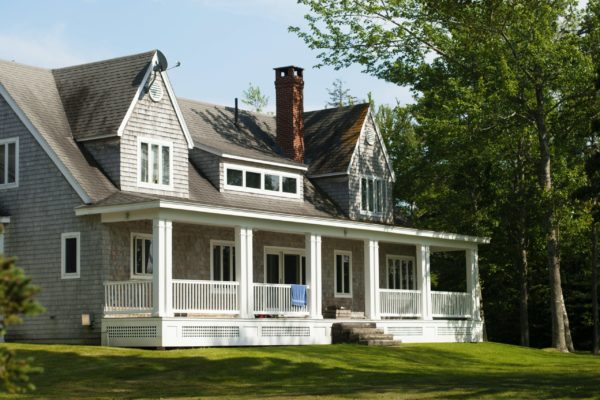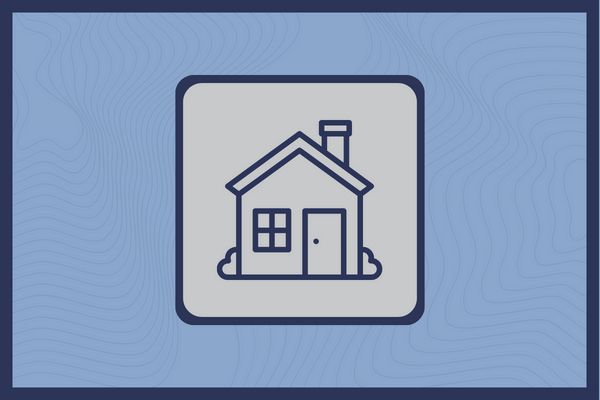
Homeowners Insurance | Market Value vs. Insured Value: Important to Know

A common misconception with homeowners insurance is that the home needs to be insured for the market or appraised value. That is rarely the case…
Your home policy has a Dwelling Limit (also known as Coverage A), which is the total amount the policy is insuring your home for reconstruction in the event of a total loss. This value is determined by specialized software that takes the characteristics of your home as well as construction costs in your area to determine the amount of homeowners insurance you may need. The Dwelling Limit that is determined is to be used only to rebuild your home with similar kind and quality material. It does not factor in cost to repair land, market value of the home or land, or anything unrelated to the home reconstruction.
What If You Do Not Have Enough Homeowners Insurance?
While it is important to provide all details of your home to make sure it is insured at the proper value, it is also important to understand the systems used to value the homes reconstruction costs are only an estimate. There are several factors that could influence the true cost of repairs. If you have a catastrophe in your area such as a large wildfire or windstorm, it could cause the local construction costs to dramatically increase leaving you without enough coverage on your homeowners insurance policy. Imagine you live in a house that would cost $600,000 to rebuild if it had burnt down. In this scenario, your homeowners insurance limits are at $500,000. Your house catches on fire and is deemed a total loss. As the homeowner, you are now responsible for the $100,000 that remains after the insurance company pays up to its limit. You could also just not have enough coverage to begin with, and this is where Extended Dwelling Coverage comes into play.
What is Extended Dwelling Coverage?
Extended Dwelling Coverage gives you a percentage of your Dwelling/Insured value of your home in case of construction costs increase, or the possibility that your may not have enough coverage to rebuild your home. It is also referred to Extended Replacement Cost. Common extended dwelling coverage amounts on a policy are 125% or 150% of what you insure your home for. An example of this would be:
- You insure your home for $400,000 in dwelling coverage.
- You have a catastrophe in your area that causes your increased construction costs and you were under-insured already.
If you purchased 150% extended dwelling coverage it would cover an extra 50% on top of the insured value of $400,000 giving you up to potentially $600,000 to rebuild your home. For more information on Extended Dwelling Coverage, visit this page on Progressive’s website.
What about Market Value?
While market value and insured values can be relative, it is important to remember the policy is primarily covering the structure of the home. An example being an expensive piece of real estate in a city that may have a remarkably high land value that is valued at $1M. Although the home could sell for $1M, the actual home may only cost $300,000 to rebuild, meaning the land could be worth $700,000 and thus accounting for much of the market value.
These misconceptions can be hard to understand, but you certainly want to have a thorough review done of your home and the reconstruction value, along with your other coverage to be sure you are properly insured for when the unexpected happens.
If you would like to have a thorough review done of your homeowners insurance or get a better understanding of your home’s insured value give us a call or contact us today! Narrows Insurance represents some of the leading homeowners insurance companies in the marketplace and can help assist you with any questions you have.

